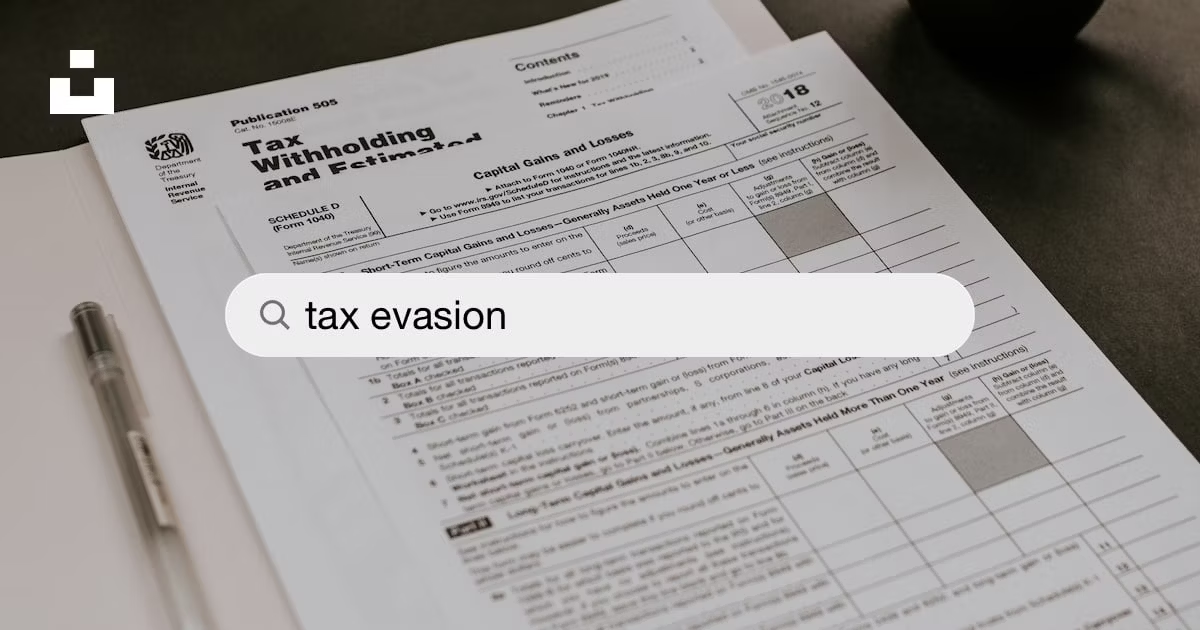Tax liability is the amount of money that is owed in taxes to agencies like the Internal Revenue Service (IRS). Federal, state, and local authorities also impose a tax on businesses and individuals. These taxes can be deducted through exemptions, tax credits, and deductions.
Some forms of taxes include sales taxes, capital gains, and income taxes. You can claim startup tax deductions for eligible expenses; in this case, the amount deducted is up to $5,000. Also, if the startup cost has not crossed the $50,000 limit, it is eligible to claim the whole amount (i.e., $5,000).
On the other hand, it does not matter whether the profit made is withdrawn or reinvested into the business, it will be taxable. But when calculating the taxes, keep the startup tax in mind. It may allow one some deductions that can be used to put into the company.
Self-employment taxes
Contents
If one is self-employed, they will be subjected to self-employment taxes. This tax, however, pays for medical care and social security. The current rate from 2020 for self-employment taxes is 15.3% on the net earnings of a business. Medical care taxes are at a 2.9% rate.
This tax is imposed alongside the federal income tax but one can reduce half of the self-employment tax to adjust to income. It may seem like an extra, but in actuality, it is quite similar to the payroll tax that is held back from the employee’s wages for social security and medical care.
The social security tax ends up being beneficial for an individual as it is a part of one’s pension, before retirement. Although, if a smaller business is put into a corporation, they will not be charged self-employment taxes from their income. But they will be liable for payroll taxes and they are required to fill the W-2 Form.
Changes in the filing requirements
When businesses are earning less than a set amount, they are not required to file a tax return for that year. Individuals under the age of 65 have to file a tax return only if their gross income is more than $12,400. If one is self-employed, they will have to file a tax return if their income from the business is either $400 or more than that. And yes, one still has to file for taxes if the $400 is their only income.
Quarterly estimated payments to be made
When an employer withholds federal and state taxes from their incomes, it is satisfying for most of the taxpayers. It is also convenient and ideal as it reduces the burden.
However, in the case of self-employment and start-up businesses, one has to do the taxes on their own. This can be done by sending quarterly tax payments online or by mail. It gets things done and out of the way and ensures that the business does not run in trouble with tax agencies.
Also, if one is working as an employee for another organization while they are self-employed, they can increase the amount withheld for taxes from their incomes. If they are not able to pay the taxes on time, they will be subjected to underpayment penalties.
New business tax
When one is self-employed, they are put under special scrutiny by the IRS. Being audited does not imply trouble. Unless there have been some fluctuations that look suspicious, or one has done something wrong. It is always advised to be ready for auditing.
Keep the records of business expenses and income fully prepped if they wish to claim tax deductions.
Other expenses such as entertainment, leisure, home office requirements, meals, travel, transportation are subjected to record keeping. Pay additional attention to these as they are the requirements or the limitations that are imposed while claiming the deduction.
In the first 12 months…
If one has started the business recently, how much do they have to pay to the agencies? This is a pertinent question that is asked as no one knows how much income will be earned in a year. One can carry out a gross estimate, however, there is no direct guarantee that the business will earn that much amount.
Then, how can one stay ahead of this issue? A business will not be subjected to penalties if the tax estimation that they will be paying is smaller than 90% of their total tax amount due for that year. Ideally, one can also pay 100 percent of the tax that they paid the previous year. High taxpayers have to pay 110%.
(High taxpayer category: Those with an adjusted gross income of $150,000 or $75,000 if a married couple is filing for tax returns separately.) One can estimate their taxes from the amount they paid the previous year, even if there was no business in existence. However, the condition behind this is that the return must be for a full 12-month period.
Simply divide the amount of tax paid the previous year by four. That way one will have a figure that they can round up to an even number. This will help them understand how much tax they should pay. (Even gives an idea of the quarterly tax payment.)
READ MORE: If I have a payment plan with the IRS, will they take my refund?
What if the business makes less than expected?
Through proper business analysis, if one concludes that their business will be making less than what they were earning in the previous year, they can pay less of the estimated tax deductions. Instead of analyzing the taxes of last year, base it on the current year’s income.
There are online tax calculators that can help business owners in calculating their taxes along with the quarterly estimate. They have tax prep software that aids the business owners in understanding the tax owed to the agencies. Just keep an eye on the income of the year. If the estimation is high reengineer the estimated tax payment for the upcoming quarter. If the estimation is low, adjust the taxes for the next quarter to avoid any underpayment penalties.
Taxes are important and should be taken care of immediately. This is because they can cause blocks in one’s business in the future. It does not matter if one’s business does not take off immediately. One has to preserve and forge ahead.




